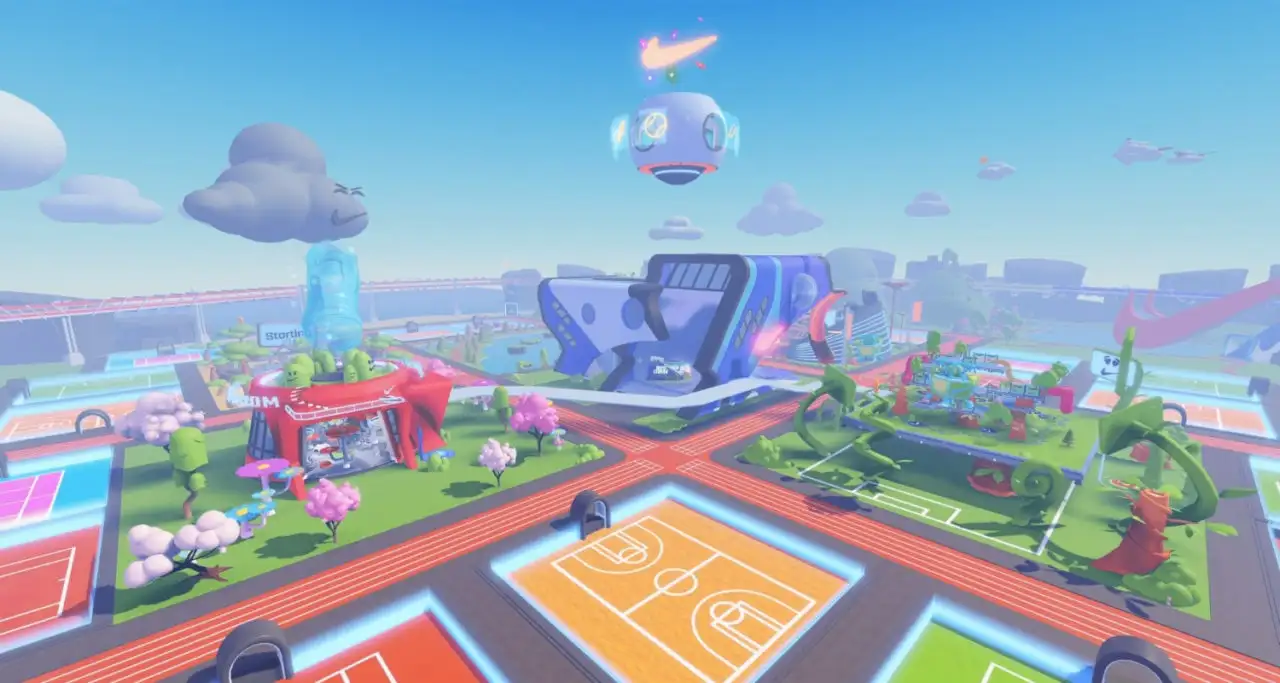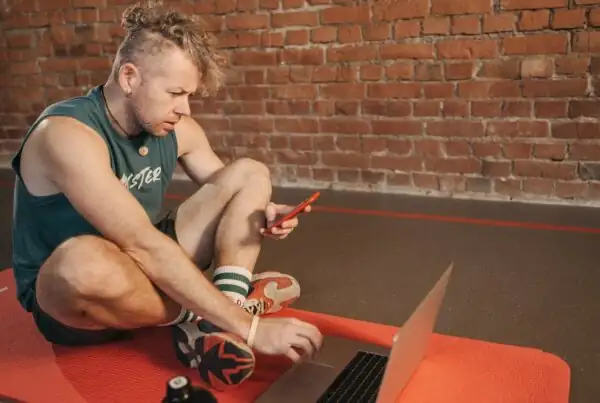Where physical and digital worlds come together
During the past years we’ve seen hyped-up VR world announcements that, for one reason or another, faded away into obscurity. But a few months ago Facebook (now Meta) announced the Metaverse: The convergence of physical and virtual reality where people, or avatars in this case, can socially interact, go to meetings, walk around and especially, spend money.
This is why brands like Adidas, Burberry, Gucci, Tommy Hilfiger, Nike, Samsung, Louis Vuitton and even banks such as HSBC and JP Morgan are starting to heavily invest in this virtual world. Many of them want to strike first, but they need to choose the correct area, and be in the next trendy “neighbourhood”.
Currently, there are about 50 different world providers within the Metaverse, and the most popular providers are Sandbox, Decentraland, Voxels, Somnium Space, as well as Meta’s own Horizon World.
What are these brands doing in the Metaverse?
These are just a few examples:
Nike launched Nikeland, an interactive world where visitors get to play mini-games and indulge in a lifestyle centred on sport and play.
Samsung launched its first metaverse store in Decentraland. Samsung 837x is modelled on the physical store at 837 Washington Street, New York City.
Coca-Cola launched an NFT collection with OpenSea to celebrate International Friendship Day.
Could the Metaverse be a real estate speculative bubble?
Prof. Robert Stone, chair of interactive multimedia systems at the University of Birmingham in the UK, said in an interview with the BBC, “Firms can really only be confident about the location of their purchase – and that location’s future value to the activities they intend to pursue, and the clients they intend to attract – if they perform adequate research in the first place.”
Before jumping into the metaverse and making any decision on the location they’d like to purchase, brands must be careful; they should strategize their entrance first, understand if it fits with their target audiences, analyse the competition, and find opportunities to participate. For example, global brands could:
- Bring physical and virtual worlds together
- Create NFTs that represent your company or products
- Sponsor events such as music festivals or gaming tournaments within the metaverse
- Build virtual office environments for employees to work together
- Create virtual stores or platforms to enhance shopping experiences
This is still at a very early stage, so we have to wait and see if it follows the same steps as Google Glass and even Second Life, or becomes the next big thing for brands and customers to meet. Just in case, have your Oculus handy!
Don’t wait too long to test the waters
Launching an NFT or creating a new world may seem like a daunting first step, and most brands should probably wait before doing so. In the meantime, here are a few simple steps any business can take to start the AR/VR journey:
- Start exploring the universe by creating a private user account, or even start with a sandbox account where you can play around and allow your teams to better understand the metaverse
- Start modelling your digital objects in 3D and get familiarized with NFT
- Create Personalized Avatars by using an AI avatar generation software that allows avatars to be exported into multiple Metaverse environments
- Create AR filters using Spark AR, a free Facebook application that facilitates AR filter, effects and 3D object creation
- Start thinking more creatively about what experiential value you can offer your users.
We’re growing our expertise in AR/VR, and would also love to talk to you about ideas for collaboration, so get in touch – the best time to start is now!
About the Author
Ruben is a digital marketing consultant at AccuraCast, in charge of developing and executing effective digital marketing strategies. His specialities include digital strategy, paid media and programmatic for financial services brands.








